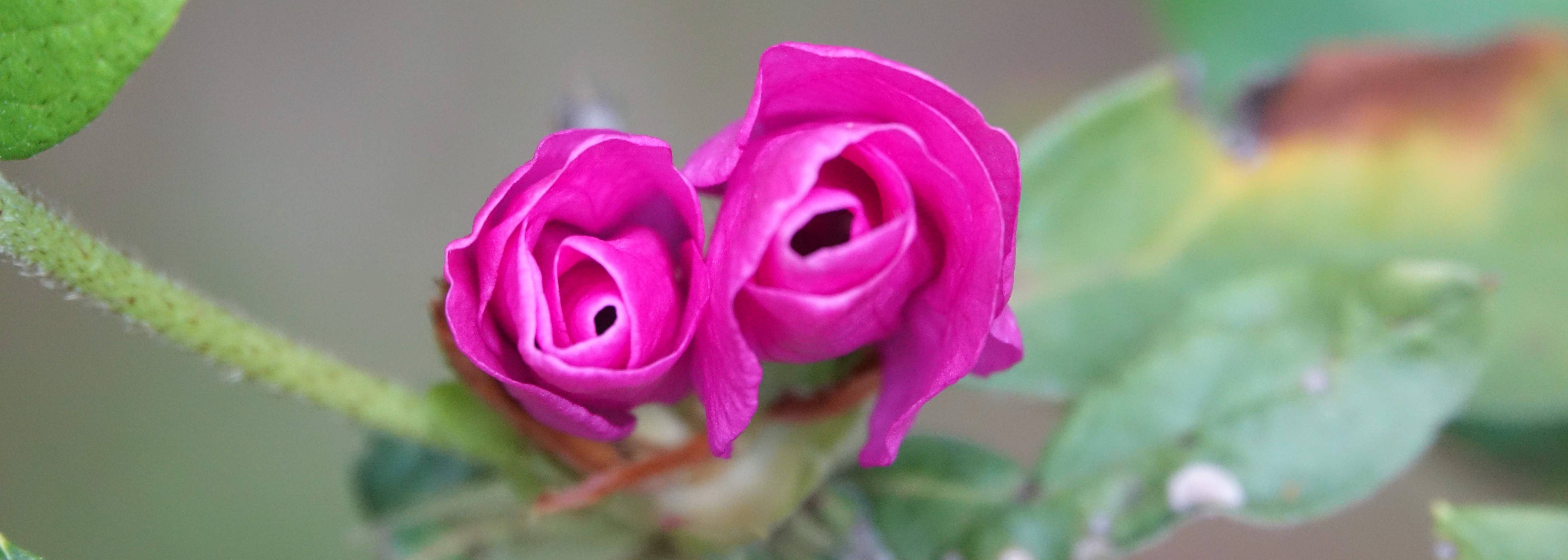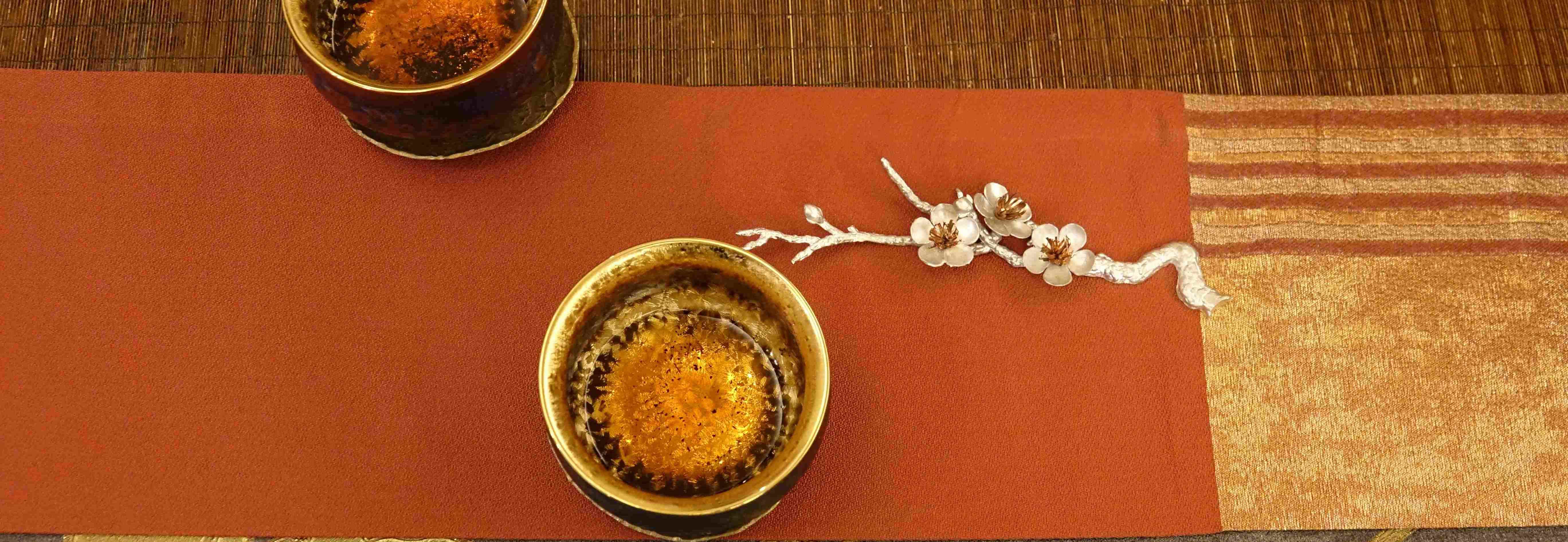November 11, 2018, is the 100th anniversary of the end of World War I on November 11, 1918. Former Mongolian President Nambar Enkhbayar had made an emotional speech for the coincidence, “Mongolia, Taiwan, India, Czech Republic, and Slovakia, regardless of the differences of the countries, we are one big family in the global village. World War I had told us in its way that battles and war should not resolve any problems. Only by understanding each other, could we solve the problems the world is facing peacefully.”
Dr. Yu Hsi- Through the establishment of the Prabhūtaratna Peace Pagoda, we can open the 111 Scrolls of Manuscript Verses in the Chan Lamp Meditation Hall. From the scrolls we obtain wisdom, and that will give us human all the peace, good fortune, and the treasure for the mind in return.
In celebration of the establishment of the Prabhūtaratna Peace Pagoda and the launch of 111 Scrolls of Manuscript Verses, Mongolian composer Jantsannorov led the National Song and Dance Academic Ensemble of 20, jointly with the Taiwanese flute player Xu Man-Ni performed the grand Mongolia-Taiwan cooperated song &dance program after the opening ceremony.
Morin khuur (horsehead fiddle), Mongolian choomi(throat singing), and long Mongolian tone; these sounds of prairie from heaven cleanse the minds of all comers.
This event reflects the remarkable outcome that Master Chuang-Ching had cultivated and nurtured in the cultural performing area through literature and music integrated with Buddhist art and new media technology. The power of art, which proves to eliminate the gaps of different regions and religions is ever touching to people all around the world.
Dr. Yu Hsi had stated that the meaning behind all these functions is for the human to remain calm and peaceful, to gain wisdom, courage, and kindness.
In the year 1967, young monk Chuang-Ching toiled and moiled to build a simple yet elegant hall of all Buddhas. In order to make more people realize the good of dharma, the “Buddhist art multimedia” thus had been originated. The productions which transform difficult Buddhism to arts traveled deep into people’s hearts and had won countless awards.
Nowadays, the Vandana Monastery is not only a spiritual icon of culture and Buddhism but more of a treasure hall to modern Buddhist art that marches towards the happiness of all humankind.








